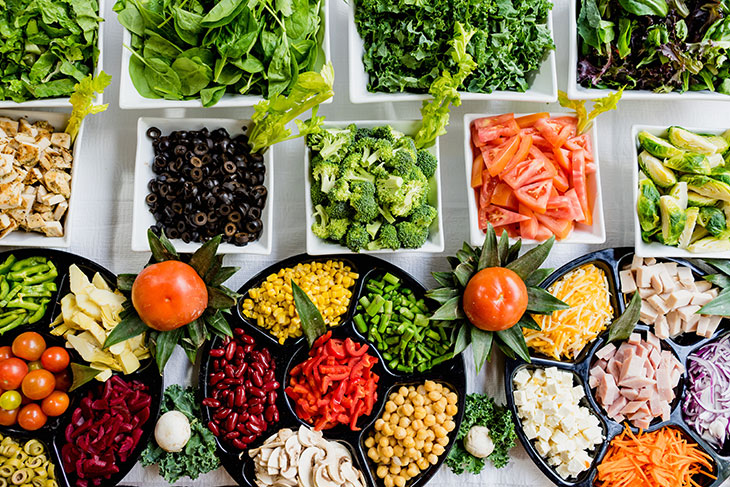Thrifty and Nutritious Dining: Savvy Strategies for a Wallet-Friendly Diet
Eating healthy doesn't have to break the bank. With a little creativity planning and some practical tips you can enjoy nutritious meals without sacrificing taste or your budget. In this article we'll share clever strategies to help you make the most of your food dollars while still satisfying your taste buds and nourishing your body.
1. Plan and Prep Your Meals
Planning your meals for the week ahead is an essential step to save both time and money. Start by browsing local grocery store flyers and making a list of seasonal produce and specials. With this information in hand create a meal plan based on what's available and affordable and ensure you're sticking to your shopping list when you hit the store.
2. Get Friendly with Frozen and Canned Goods
Frozen and canned fruits and vegetables are often more affordable than their fresh counterparts and they can be just as nutritious. Since these items are typically harvested and preserved at their peak ripeness they maintain much of their nutritional value. Always opt for low-sodium canned goods and fruit in water or natural juices to minimize added sugar and salt.
3. Embrace Whole Grains and Legumes
Whole grains and legumes such as brown rice quinoa lentils and beans are not only nutritious but also wallet-friendly. These staple ingredients are packed with fiber vitamins and minerals and can be bought in bulk at a lower cost. Use them as a base for salads soups and casseroles to create satisfying and cost-effective meals.
4. Buy in Bulk and Store Properly
Purchasing foods like grains nuts seeds and dried fruits in bulk can save you money. It's essential to store these items correctly to maximize their shelf life and prevent spoilage. Invest in airtight containers and store your bulk goods in a cool dry place.
5. Cook at Home and Pack Your Lunch
Cooking at home is not only a healthier option but it also saves you money compared to dining out. Prepare larger meals so you can enjoy leftovers for lunch the following day or freeze them for future use. Packing your lunch with homemade meals allows you to control portion sizes and ingredients while saving money.
6. Prioritize Plant-Based Protein
Incorporating plant-based proteins like beans lentils tofu and tempeh into your meals can be more affordable than animal-based proteins like meat and fish. These plant-based options also provide essential nutrients and can be used in a variety of recipes from stir-fries to tacos.
7. Grow Your Own Produce
Starting a small vegetable and herb garden can be a rewarding and cost-effective way to supplement your diet with fresh organic produce. Even if you don't have a backyard you can grow herbs and small vegetables in pots on your balcony or windowsill.
8. Shop at Local Farmers' Markets
Visiting your local farmers' market is an excellent way to support local growers and find fresh seasonal produce at competitive prices. You can also save money by buying in bulk and negotiating prices on larger quantities.
Eating healthy on a budget is achievable with a little ingenuity and effort. By planning your meals embracing affordable and nutritious ingredients and making smart shopping choices you can enjoy a wholesome diet without straining your finances. Give these tips and tricks a try and discover just how satisfying and affordable healthy eating can be.







